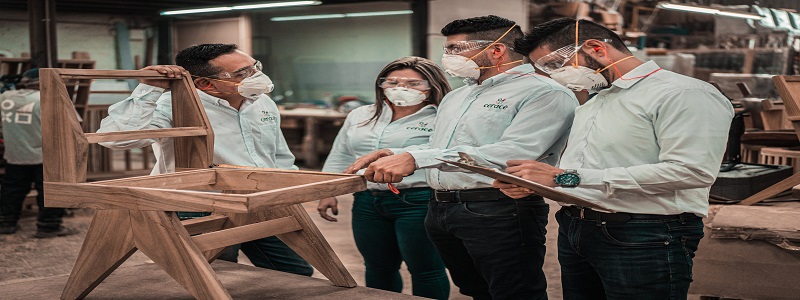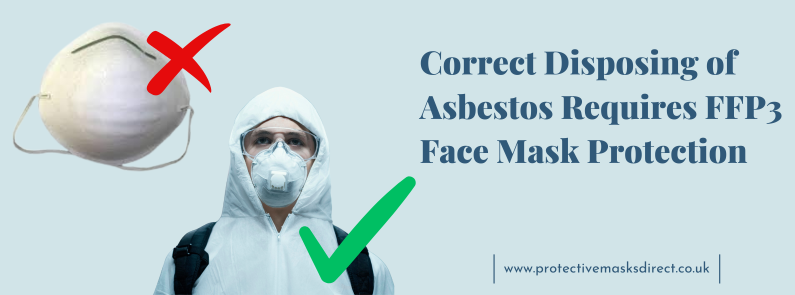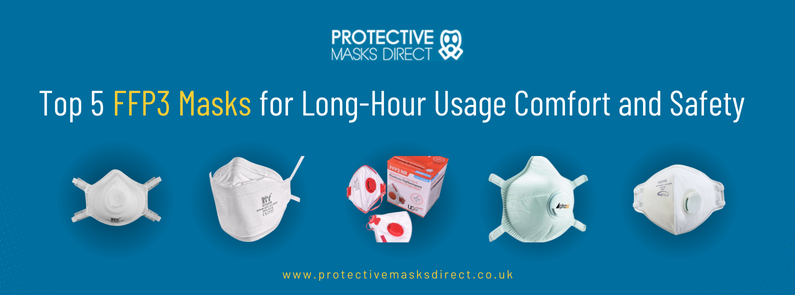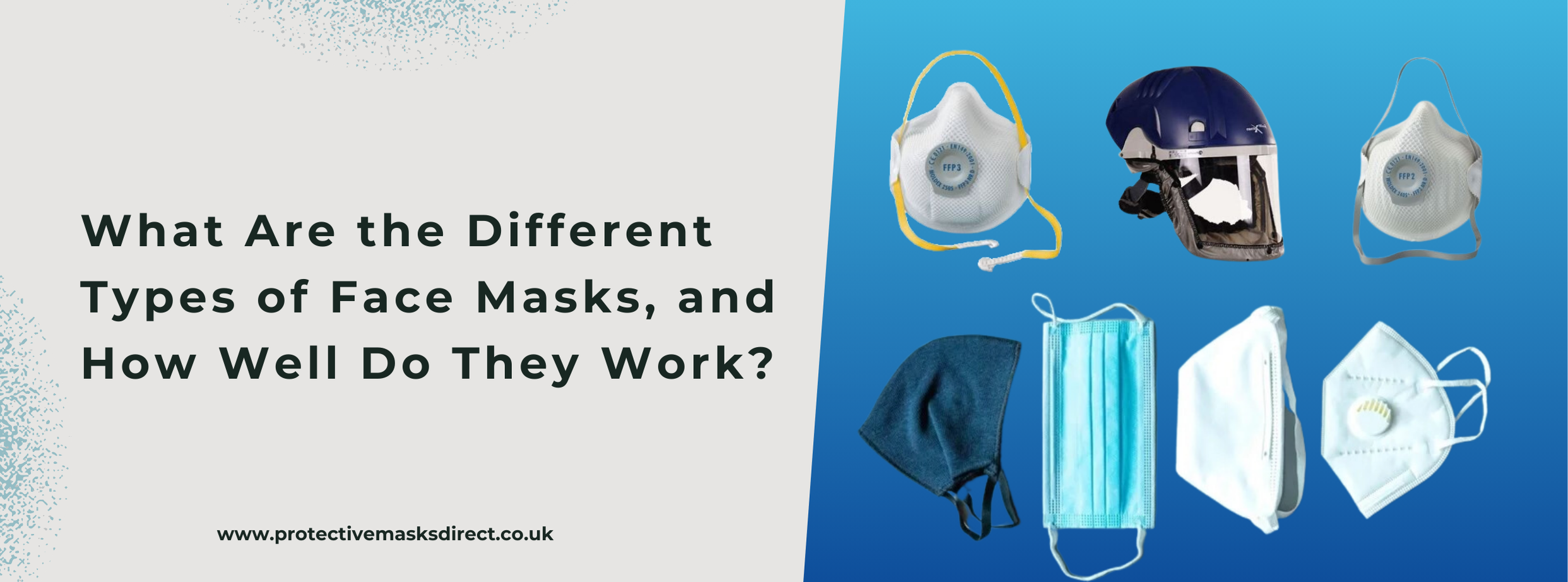 Visual communication, also known as visual management, is a proven method for sustaining and improving workplace safety. It includes a range of different tools: equipment labels, wall signs, floor signs, chemical labels, industrial floor tapes, and more. You can use the several available places inside your office premises, such as the floors, the walls, machines and equipment, ceilings, and vehicles, to pass on the message. It might feel like a huge investment, but visual management is a lucrative solution that is comparatively easy to put into practice.
Visual communication, also known as visual management, is a proven method for sustaining and improving workplace safety. It includes a range of different tools: equipment labels, wall signs, floor signs, chemical labels, industrial floor tapes, and more. You can use the several available places inside your office premises, such as the floors, the walls, machines and equipment, ceilings, and vehicles, to pass on the message. It might feel like a huge investment, but visual management is a lucrative solution that is comparatively easy to put into practice.
Why choose visual communication?
Visual communication is the basis for a safer workplace and is a vital component of several lean practices. Risks and hazards can be marked, guidelines communicated, and organization guidelines conveyed; all with visual communication. Employees don’t need to remember every single guideline by heart.
Visual cues such as symbols and colours can be understood quickly. Further, having a consistent system assists employees to comprehend faster. If your employees come from different nationalities and speak a multitude of languages, visual communication with the use of colours and symbols is a must.
Order or make signs that are suitable for your facility and avert substantial risks in the workplace. Select from a range of colours, sizes, and pictograms to make sure your messages are communicated clearly. At last, ordering posters, wall signs, floor markings, and labels is typically reasonably priced and works effectively in stopping accidents and eradicating waste.
Different visual tools that you can use to improve the safety of your establishment:
- Floor markings: Industrial floor shapes, tapes, and signs are a distinctive form of visual communication. Floor tape is ideal for making tracks for traffic, keeping employees from hazardous areas, and marking off risky machines. Floor signs are used next to the safety signs on the wall as a cue of safe practices.
- Wall signs: Wall signs are the most usual form of visual communication and have been used for years. Safety signs must be posted at eye level for maximum visibility and should not be your only visual hint. Frequently, workers can become 'blind' to these signs after noticing them day after day, and so it is vital to reinforce the sign's message with added visual tactics.
- Labels: Labels are not just for organizing files. Labelling the pipes in your place of work and as well as the equipment helps to effectively communicate with those working on them about the possible dangers present. If you are a chemical supplier, distributor, or manufacturer, you need to comply with safety standards. This means the chemical containers should have a label on them complete with risk pictures.
Visual reminders when used in your facility help existing employees or new hires and any visitors in knowing the safety practices already in place. For example, in case of an emergency, if you need to demarcate the way towards the emergency exit with floor tape and a wall sign properly. With this visual communication, it will become easier for everyone, including people who are unfamiliar with the place, to locate the emergency exit quickly. Using pictograms and symbols are tremendously useful for bilingual workers.
Again, including safety signs to advise about the risks would not be enough to reduce these incidents. Without appropriate equipment and controls in place, the risks cannot be eradicated. Safety signs must be added to reinforce safety, and to teach and remind workers of necessary PPE, such as the ffp3 dust mask, best dust mask, hearing protection, Asbestos Removal Bags, and others.
Conclusion
Safety signs are a vital component of any workplace's safety plan. Appropriate signage can warn employees of risks, identify areas where PPE is necessary, and communicate about the specific types of PPE employees must carry with them. When making a visual communication strategy, try to be comprehensible and but not complicated.
Organize orientation sessions and frequent training modules to normalize the use of safety gears across the facility. Make sure your employees are skilled, and the visual cues make logic. Using these tools will augment safety in your workplace.




